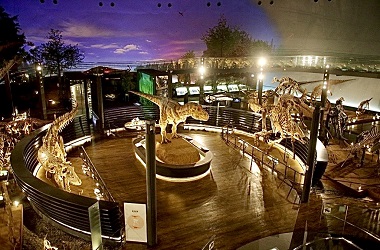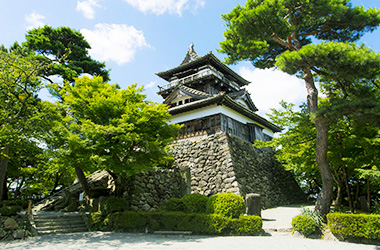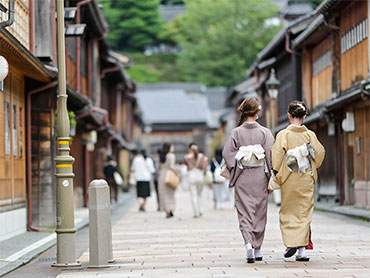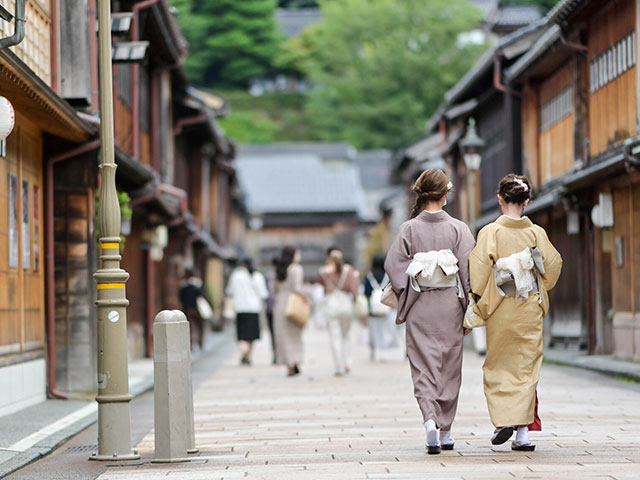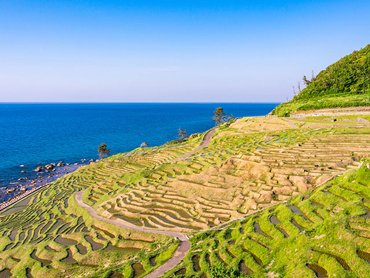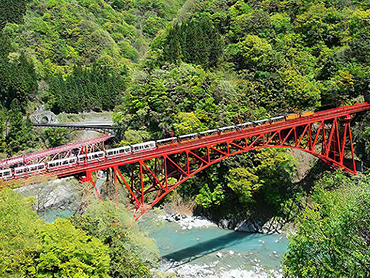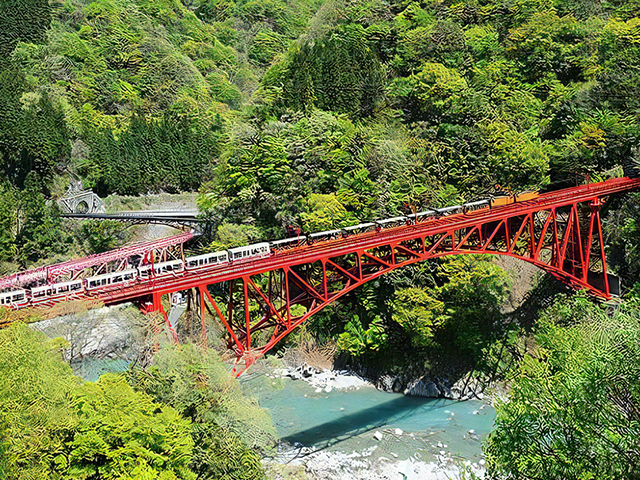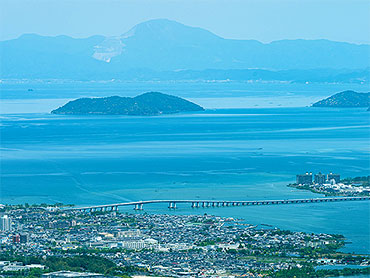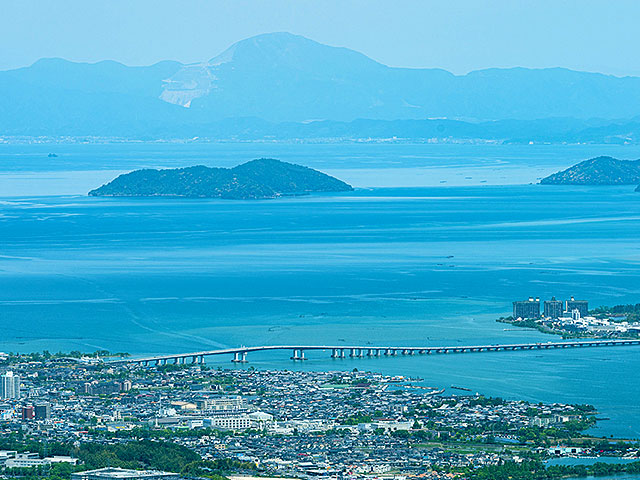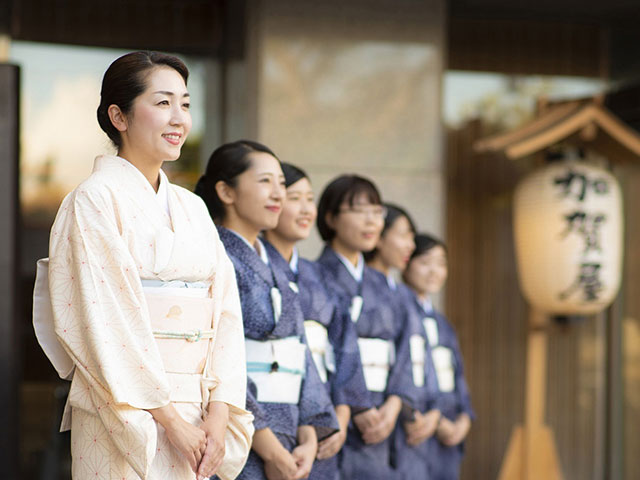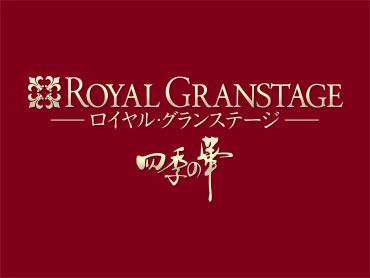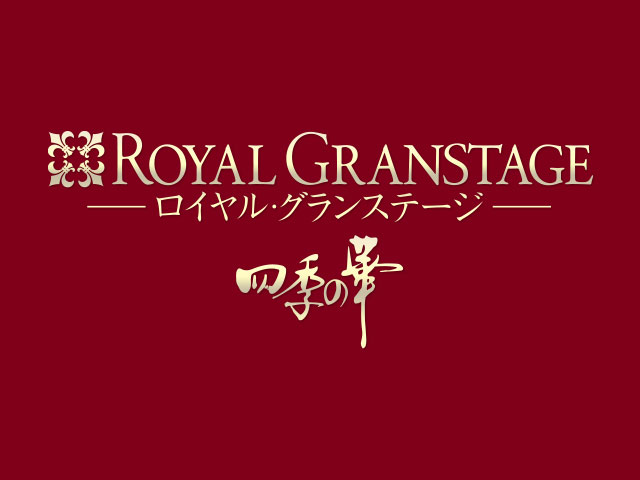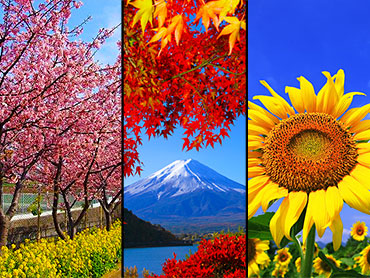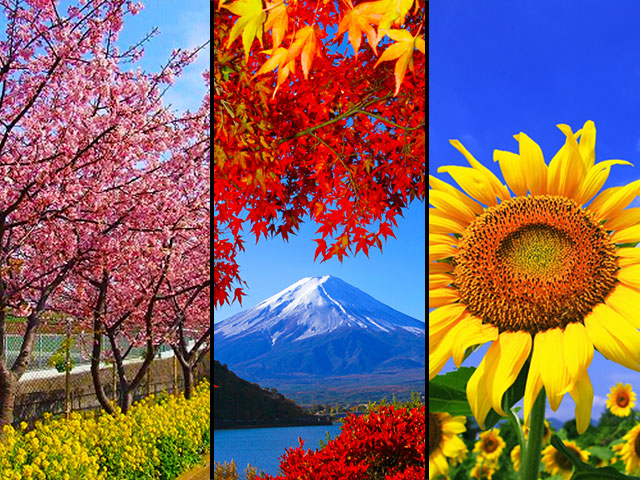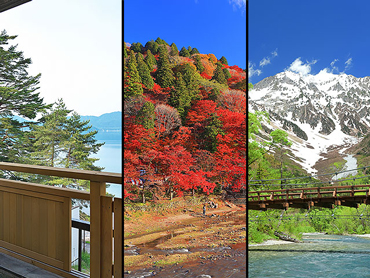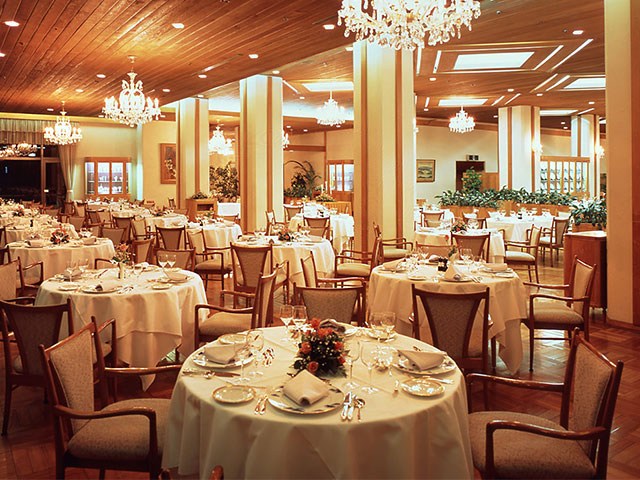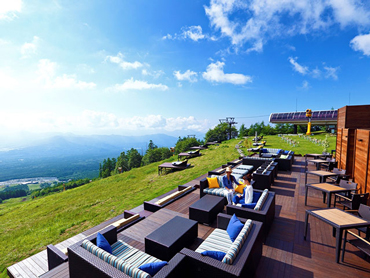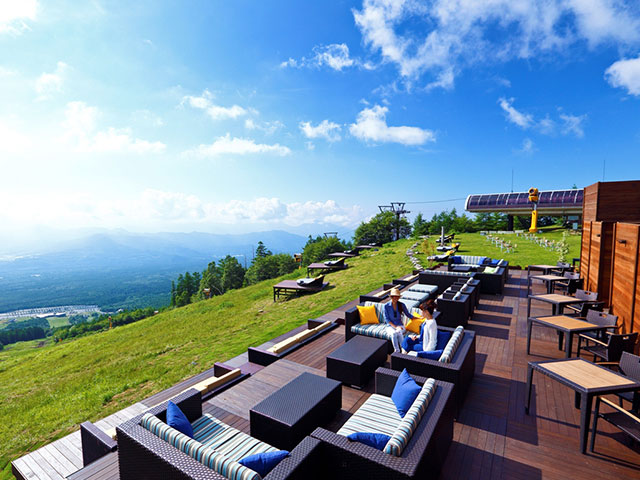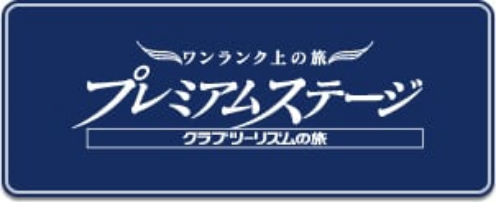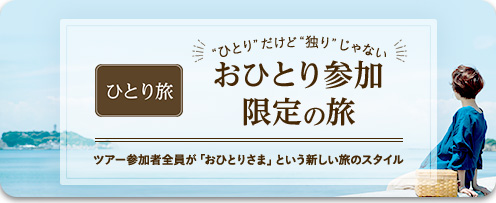[From Chugoku, Shikoku, and Kyushu] Fukui Prefecture Tours and Travel
Chubu/Hokuriku Travel
![[From Chugoku, Shikoku, and Kyushu] Fukui Prefecture Tours and Travel](/sp/special/japan/fukui/images/h_main_pc_01.jpg)
![[From Chugoku, Shikoku, and Kyushu] Fukui Prefecture Tours and Travel](/sp/special/japan/fukui/images/h_main_sp_01.jpg)
Club Tourism 's Fukui Prefecture tours and trips! We provide thorough support with a tour guide. We introduce recommended tours and recommended spots to enjoy Fukui Prefectural Dinosaur Museum and Tojinbo. Take this opportunity to visit the charming Fukui Prefecture. Tour search and reservations are also easy.
Recommended tours from Chugoku and Shikoku
Recommended tours departing from Kyushu
Places To See In Fukui-Prefecture
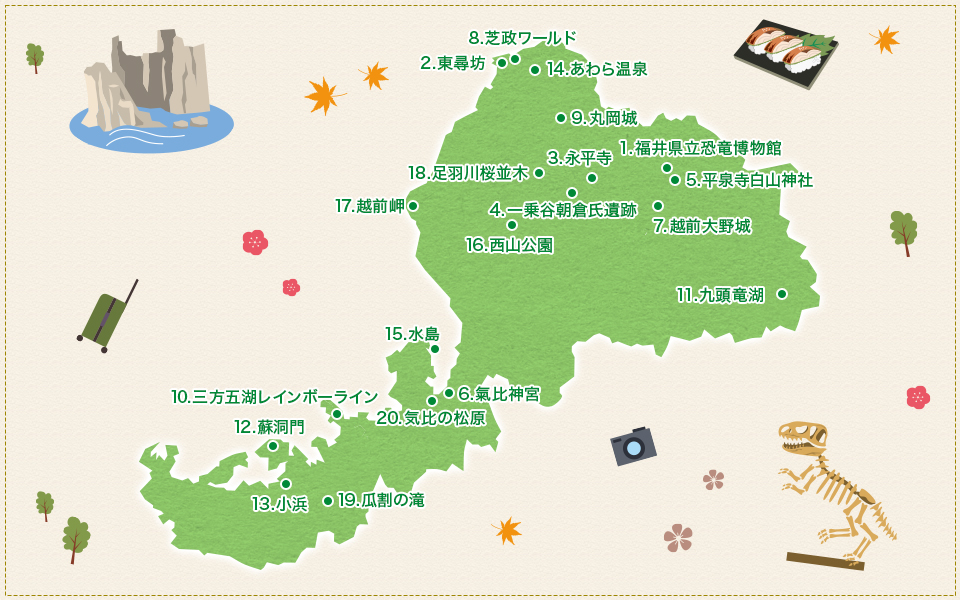
-
Fukui Prefectural Dinosaur Museum
-
Tojinbo
-
Eiheiji Temple
-
Ichijodani Asakura Clan Ruins
-
Hiraizumi Hakusan Shrine
-
Kehi Shrine
-
Echizen Ono Castle
-
Shibamasa World
-
Maruoka Castle
-
Mikatagoko Rainbow Line
-
Lake Kuzuryu
-
Sotomon
-
Obama
-
Awara Onsen
-
Mizushima
-
Nishiyama Park
-
Cope Echizen
-
Asuwa River Sakuranamiki
-
Uriwari Falls
-
Kehi Pine Grove

